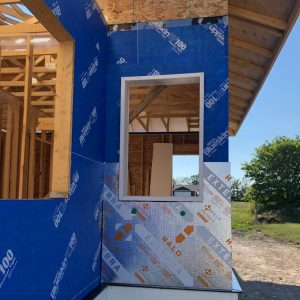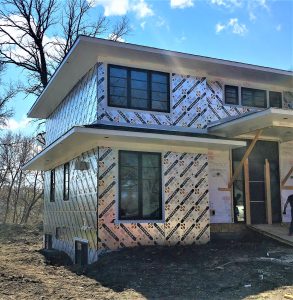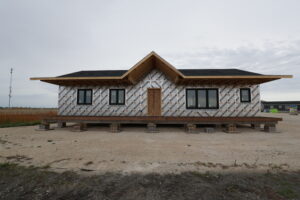Crawl spaces are a huge market in the USA. In states like Tennessee, Kentucky, Virginia, Maryland, North Carolina, and many others, crawl spaces are commonly found in newly built homes.
Crawl space renovation is another popular niche, as many owners of existing crawl spaces want to minimize heat loss and moisture issues below their homes.
So, whether you’re building new homes or renovating, the demand for well-insulated crawl spaces is high.
Thus, it pays to know which insulation strategies — and products — are best suited for insulating crawl spaces. And that’s precisely what we will cover in our post below.
2 Decisions Owners Make When Building or Renovating a Crawl Space
Homeowners have the following two decisions to make when insulating a crawl space, whether it’s being built or renovated:
- Which insulation method to use: One option is to insulate the floors above the crawl space, and the other is to encapsulate the crawl space completely.
- Which insulation product to use: There are several insulation products available, all of which have their own benefits and downsides.
Insulation Methods For Addressing Mold, Moisture, and Heat Loss in Crawl Space
There are two ways to insulate a crawl space — insulate under the floor, or insulate the walls of the space, thus sealing it from the elements.
Option 1 — Insulate the Underside of the Floor
Insulating the underside of the floor from the crawl space is usually the costlier, less effective option for protecting the space from moisture and heat loss issues. Below are a few key disadvantages of insulating the underside of the floor:
- It does not protect the crawl space: Insulating the floors only does not encapsulate the crawl space, meaning the space does not become conditioned as it’s still exposed to the outdoor elements. Leaving the crawl space uninsulated makes the home vulnerable to moisture ingress and subsequent problems, like mold and even rot.
- Heating and cooling ductwork is left exposed: The home’s heating and cooling systems aren’t able to operate at peak efficiency if their ductwork runs through an unconditioned crawl space.
- Insulation can fall out over time: The batt insulation that’s typically used at the underside of the floor can fall out from between the joists over time. The batt can also get wet and deteriorate, since the crawl space isn’t adequately protected from moisture ingress.
- It’s more expensive: Insulating an entire floor usually entails a large area that must be insulated — typically around 2,000ft2 (40ft x 50ft).
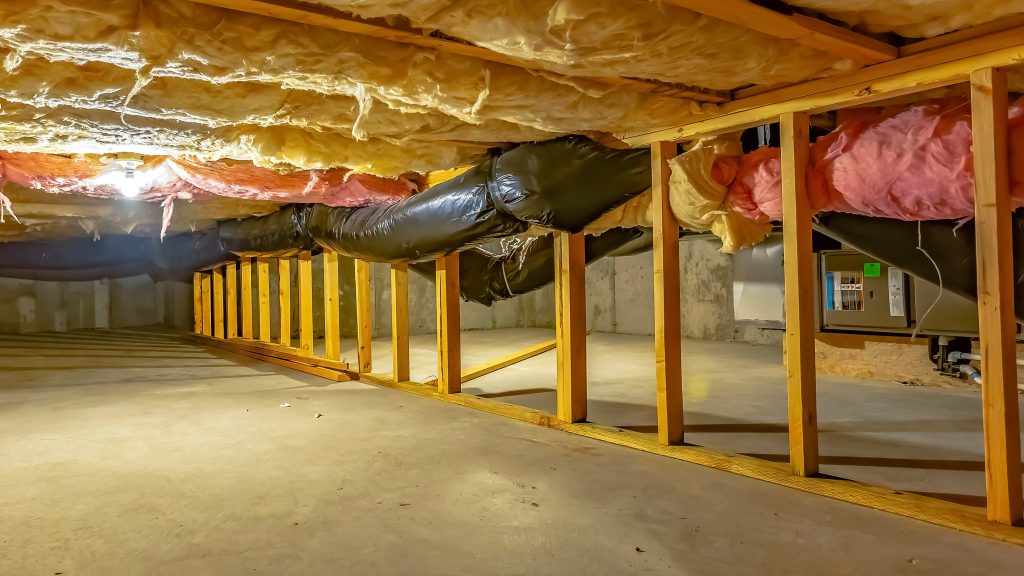
Option 2 — Insulate the Walls of the Crawl Space
Insulating the walls of the crawl space (also known as “encapsulating the crawl space”) is typically far more effective than simply stuffing batt between the floor joists.
Firstly, by insulating the walls, you’re bringing the crawl space into the thermal envelope. This means that any ductwork running through the crawl space will not suffer from heat loss.
Likewise, an encapsulated crawl space is a dry crawl space — and that’s a colossal step toward protecting the home and all its components from moisture damage.
Finally, crawl space walls have a smaller surface area than the home’s main floor (500-550 ft2 as opposed to 2,000 ft2), and are typically less expensive to insulate.
So, overall, encapsulating a crawl space by creating an insulated envelope at its walls is typically the better, more effective solution than just insulating the underside of the main floor.
Insulation Product Options for Crawl Space Encapsulation
If you’ve decided to encapsulate the crawl space, the next step will be to zero in on the most effective insulation product. Below, we’ll give you a quick overview of the popular insulation options for crawl space walls.
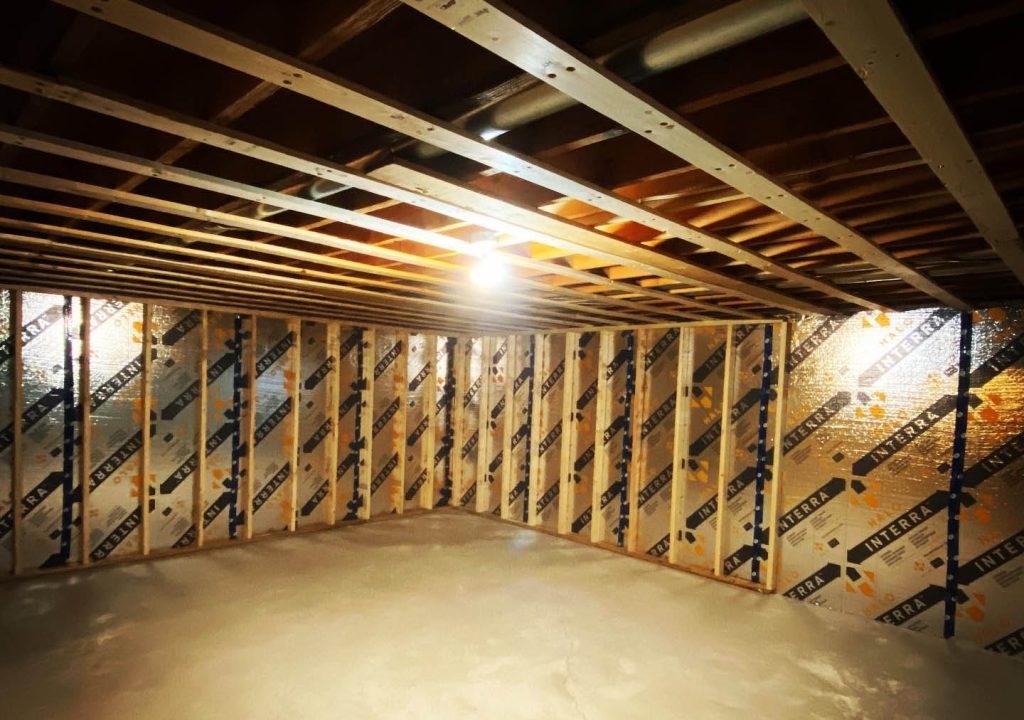
Halo Interra FR
Halo Interra FR is an excellent option for insulating a crawl space. Interra FR is a low-density (<10PSI) Neopor Graphite Polystyrene (GPS) foam board with a reflective laminate on one of its sides. Here are a few of the benefits Interra FR offers when used as crawl space insulation:
- Interra FR does not require a thermal or ignition barrier in the USA: Interra FR has passed the NFPA 286 test, so it’s code-approved for use in basements and crawl spaces without an added ignition or thermal barrier, such as drywall. You can use Interra FR in crawl spaces that are deemed to be full or limited access — there’s absolutely no difference.
- Interra FR doesn’t off-gas: Using Interra will not compromise the quality of the air at home as it does not off-gas any Volatile Organic Compounds (VOCs). Likewise, these panels don’t have any odor.
- Interra FR has low Global Warming Potential: Being an EPS-based product, Interra has a far lower embodied carbon content than Extruded Polystyrene (XPS) alternatives.
- Interra FR has a high R-Value: You’ll add R-5 to the crawl space walls per nominal inch of Interra FR.
- There’s no thermal drift with Interra FR: Over time, Interra FR maintains its thermal resistance without degradation.
- Interra FR is less expensive: Interra FR costs less than XPS equivalents and spray foam insulation.
- Interra FR is easy to install: You can install Interra FR using a variety of methods, none of which require specialized equipment. Acceptable fastening methods include using nails, Hilti-type fasteners, or simply gluing the panels to the wall with a compatible adhesive. Taping the Interra panels is a best practice, but it’s not mandatory.
- Interra FR does not absorb much moisture compared to other insulation types, and sheds moisture easily.
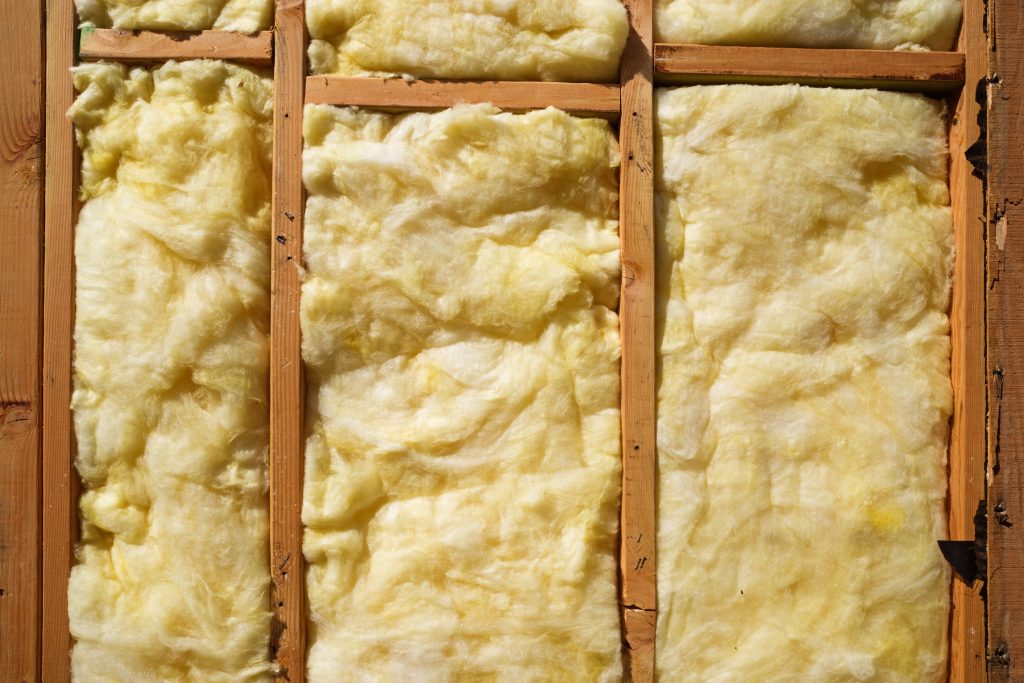
Batt Insulation
Batt (aka “The Diaper”) is not an ideal insulation product for crawl space walls — especially when used on its own, without any rigid insulation. It’s not the optimal option because batt needs to be compressed and pinned during installation, and this compression lowers the R-Value.
Also, batt insulation does nothing to stop air leakage (unlike a laminated, rigid foam product). Batt is also prone to absorbing moisture, which can cause the insulation (as well as parts of the wood frame) to rot over time.
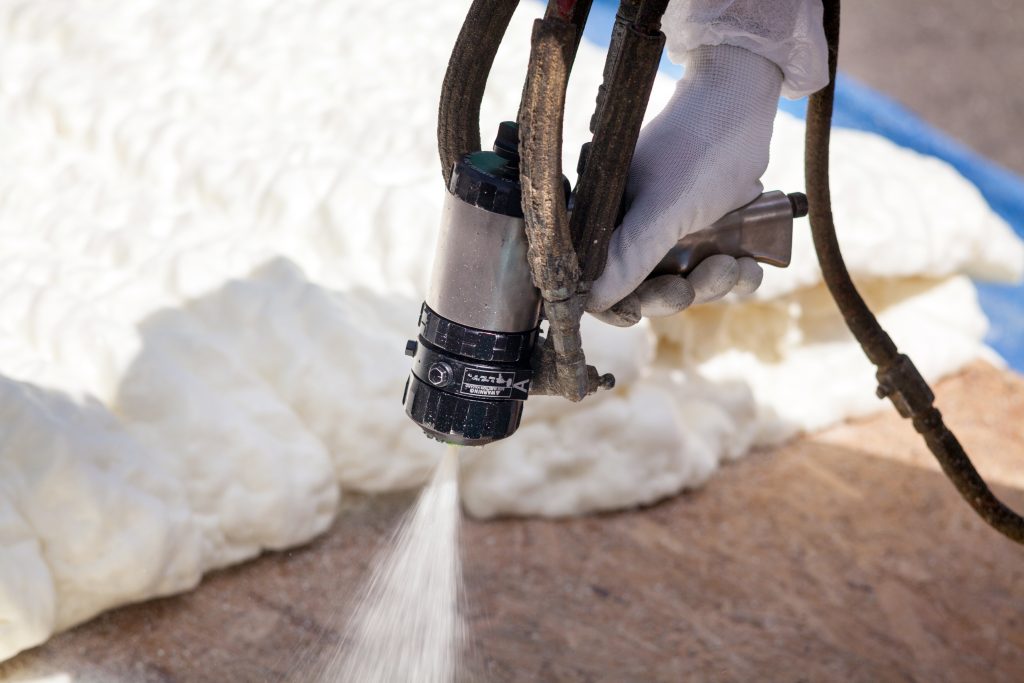
Spray Foam Insulation
Spray foam insulation is commonly used to encapsulate crawl space walls. However, its application can be rather troublesome.
First of all, spray foam requires special equipment to be applied and its costs are high compared to other insulation options.
Second, spray foam insulation releases an odor after application, so the residents of the home need to vacate the residence for at least 24 hours. The insulation then continues to off-gas harmful VOCs for a long period after application.
Another issue with spray foam is that it bonds to other building components. For this reason, misapplication errors are costly — the spray foam molecules embed themselves into any building materials they come in contact with, and any misapplied foam is difficult to remove.

Don't miss a thing!
Subscribe for exclusive content, insider industry news and limited edition webcasts.
Other Foam Board Insulation Products
Apart from GPS, there are a few foam board insulation products that are often used to encapsulate crawl spaces. Here’s a list of the most common ones:
- Expanded Polystyrene (EPS): EPS is the basis of GPS products. However, without the graphite particles, EPS panels have a lower R-Value. What’s more, EPS foam panels cannot be left on a crawl space wall without a compliant ignition barrier.
- Extruded Polystyrene (XPS): XPS offers great R-Values when first installed, but these dwindle over time as the foam degrades. Unfortunately, XPS deteriorates quite a bit as time goes by, partly because it’s unable to shed moisture as well as EPS or GPS. XPS panels are also quite high in their embodied carbon content, and you’ll need a thermal barrier covering the XPS on the interior of a crawl space.
- Polyiso: Polyiso is not ideal for crawl space encapsulation. First of all, polyiso loses over 20% of its R-Value in cold climates and 14% of its thermal resistance in warm climates. Secondly, Polyiso is expensive — it costs almost double what you’d pay for a GPS product.
Wrapping It Up
Crawl spaces can be a lucrative market, whether you’re building new ones or renovating.
In this post, we’ve explained why insulating crawl space walls is the best strategy for protecting homes from heat loss and moisture ingress.
We’ve also shown you how different insulation products work in a crawl space application and the variety of benefits that Interra FR specifically offers.

